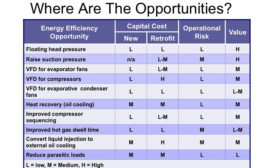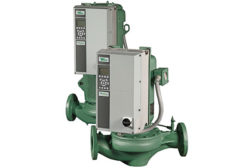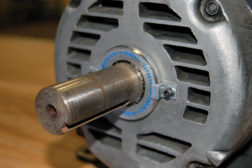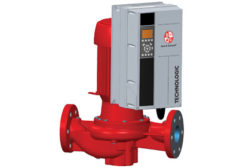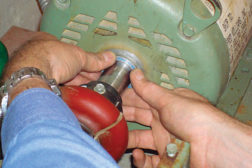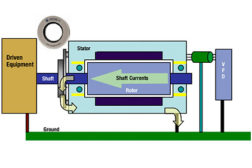Home » VFD (variable-frequency drive)
Articles Tagged with ''VFD (variable-frequency drive)''
10 Tips to Increase System Efficiency
Read More
April 10, 2015: DrivePak Earns Top Product of the Year Award from Environmental Leader
DrivePak Recognized for Delivering Energy, Environmental Benefits
April 10, 2015
Preventing Electrical Fluting in Motors
Ceramic Ball Bearings, Shaft Grounding Rings Help Mitigate Damage
Read More
Nov. 14, 2013: AHRI Launches Certification Programs for VFDs and Datacom Cooling
AHRI Manages 40 Performance Certification Programs for HVACR and Water Heating Products
November 14, 2013
Congressman Talks Energy with Danfoss
Discusses Legislation to Advance Energy-Efficient and Renewable Energy Technologies
September 2, 2013
Copyright ©2025. All Rights Reserved BNP Media.
Design, CMS, Hosting & Web Development :: ePublishing
